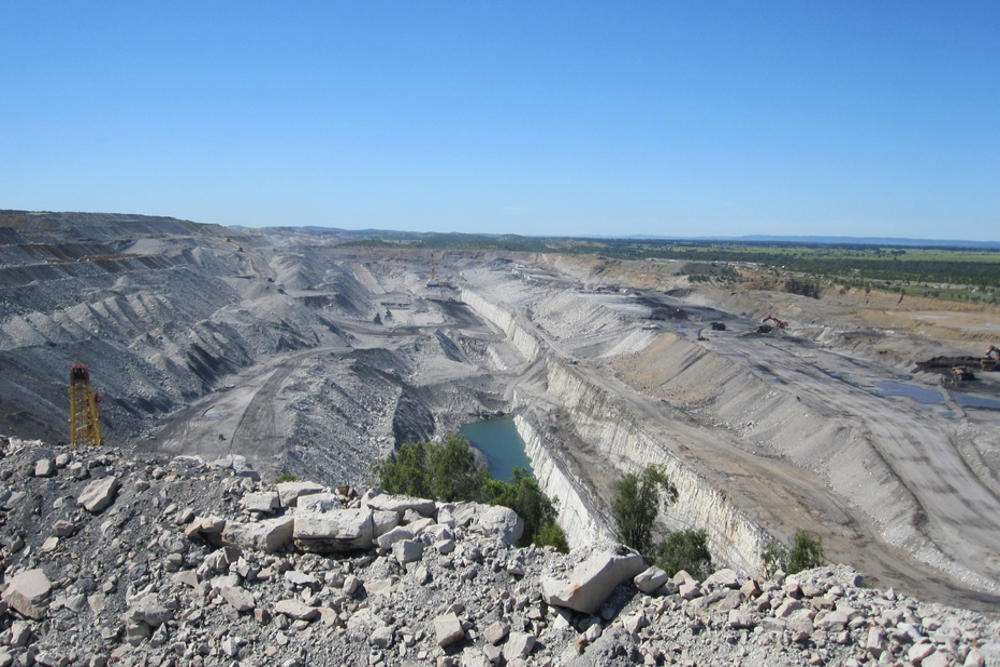
One of the most significant challenges facing the mining sector is the lack of universal rules for ground stabilisation. Each ore body and its geological environment are unique, presenting distinct characteristics and complexities. As a result, effective risk mitigation in this area demands a multi-disciplinary approach.
Ground engineering should be conducted within a framework focused on risk prevention and the management of any subsequent issues to an acceptable level. In this context, a basic understanding of scientific and engineering conventions related to ground behaviour, mining models, and risk management practices is essential to address challenging situations.
According to the International Organisation for Standardisation(ISO), risk management involves a systematic application of management policies that encompass various procedures and practices, including communication, consultation, and conceptual analysis. This leads to the successful evaluation, treatment, and monitoring of risk.
Generally, mine ground stability depends on several factors, such as the site’s geology, the stress it experiences throughout the project’s life (including closure), in-ground water levels, and the mining method employed by the operator.
The Society for Mining, Metallurgy and ExplorationFoundation (SME) noted that to minimise ground instability, companies must analyse the surrounding geological environment and identify potential failure mechanisms that may arise both before and during mining.SME outlined several methodologies to approach this challenge. Empirical methods involve using historical data and observations from similar sites to estimate stability parameters and design criteria.
Analytical methods employ mathematical equations and models to calculate the stress, strain, and failure of specific rock masses.
On the other hand, numerical methods utilise computer software and algorithms to simulate the complex behaviours and interactions of rock masses and mining structures.
Monitoring ground movements and deformations during operations can assist project proponents in detecting early signs of instability while allowing them to evaluate ground support systems and adjust mining plans accordingly.
SME highlighted various technologies for ground monitoring, including extensometers to measure displacement and convergence of rock masses around openings, inclinometers to assess tilt and rotation of the rock mass along boreholes, and piezometers to monitor water pressure and flow in the rock mass.
Furthermore, laser scanners and radar systems measure surface changes and displacements of the rock mass over large areas.“To minimise ground instability in mining, a systematic and proactive approach to ground stability management is essential,”SME explained.
This includes conducting a comprehensive site investigation and characterisation to understand ground conditions and potential failure modes, selecting an appropriate mining method and design that minimises disturbance, implementing a suitable ground support and improvement plan, installing and maintaining a reliable ground monitoring system, regularly reviewing and updating ground stability analyses, and training mining personnel on ground stability hazards, risks, and controls.
All these steps are crucial for fostering a culture of safety and communication.However, sometimes ground support alone is insufficient to minimise instability, necessitating improvements to geological conditions by modifying rock mass properties and behaviour.
Ground improvement encompasses processes and techniques aimed at increasing the strength, stiffness, and drainage of rock masses.
Methods for ground improvement include grouting, which involves injecting a fluid material into a rock mass to fill voids, cracks, and joints; consolidation, which applies pressure to reduce porosity and compressibility; reinforcement, which inserts elements into the target area to enhance cohesion and friction; and freezing, which cools rock masses to create a frozen barrier that prevents water inflow and movement.
A common consequence of ground instability, stope failure poses significant safety risks to workers, disrupts operations, incurs economic losses, necessitates increased monitoring and maintenance, damages equipment, harms company reputation, and invites regulatory scrutiny.
Therefore, geotechnical risk assessment is fundamental for identifying potential slope hazards and determining their severity. Effective slope monitoring relies heavily on the expertise of geotechnical engineers, who must interpret slope movement data to assess stability trends.
They must also manage personnel and equipment exposure to risks related to slope instability.Given this, implementing an effective Trigger Action andResponse Plan (TARP) is essential for worker safety in the event of slope instability or failure.
The success of a TARP depends on clear communication, as hared understanding of risks, and the delineation of roles and responsibilities.
“When an alarm is triggered or movement is detected, the response should be swift and well-defined,” an industry expert stated.
“Without input from responsible individuals and proper assignment of roles, TARPs risk being ineffective. “Clear and straightforward communication is vital, and monitoring systems should be integrated with the TARP to provide real-time alerts.”
Failures in TARP execution, combined with issues such as inadequate personnel training, poor communication, insufficient ground controls, and a lack of comprehensive risk assessments, can lead to devastating consequences.
While geotechnical engineers can detect early indicators of slope instability, these vulnerabilities continue to pose significant risks to mining operations, potentially resulting in tragic outcomes. “Addressing these systemic weaknesses is essential for reducing the likelihood of future fatalities,” the expert added.
“To improve safety, mining operations must prioritise effective TARP implementation, enhance engineering training, strengthen communication protocols, and ensure robust emergency response plans are in place.
“By addressing these critical areas, the risk of fatal slope failures can be significantly mitigated.”










